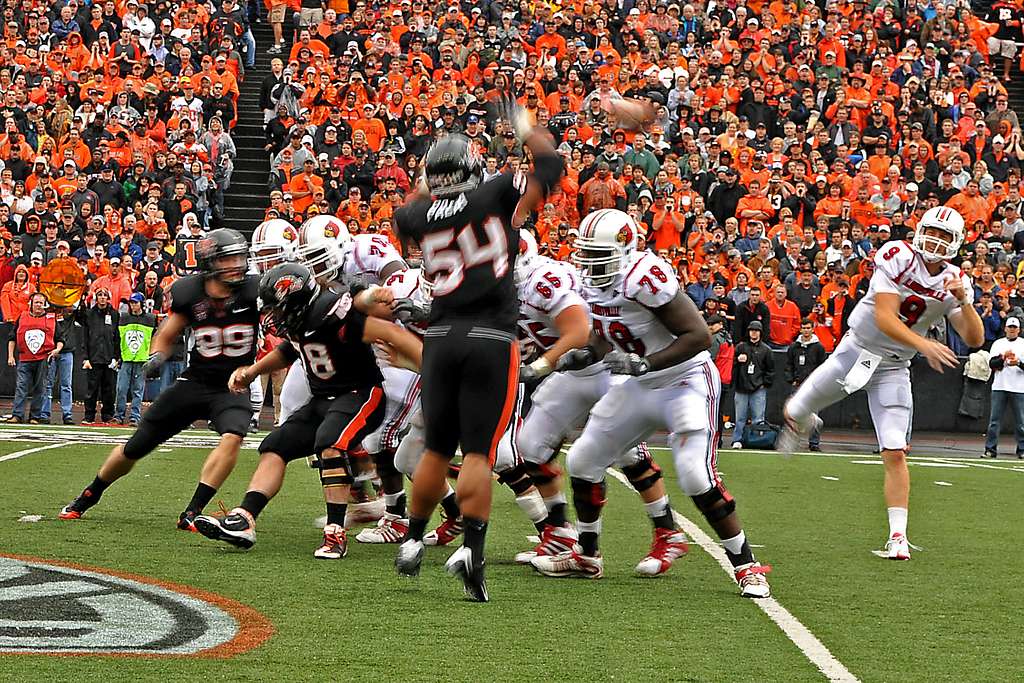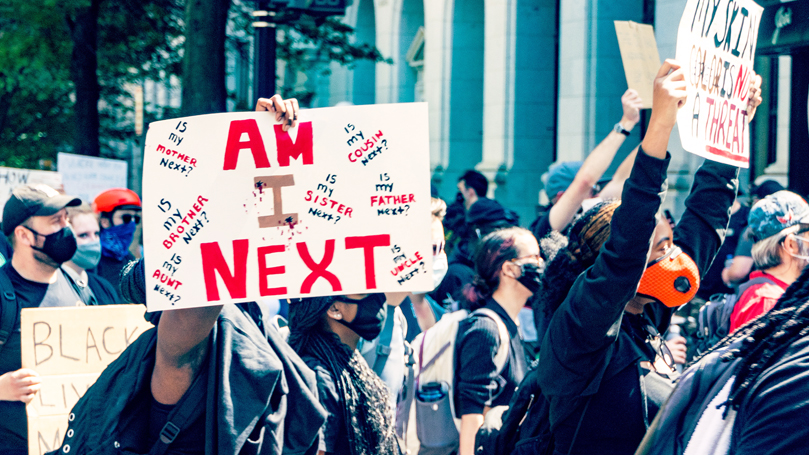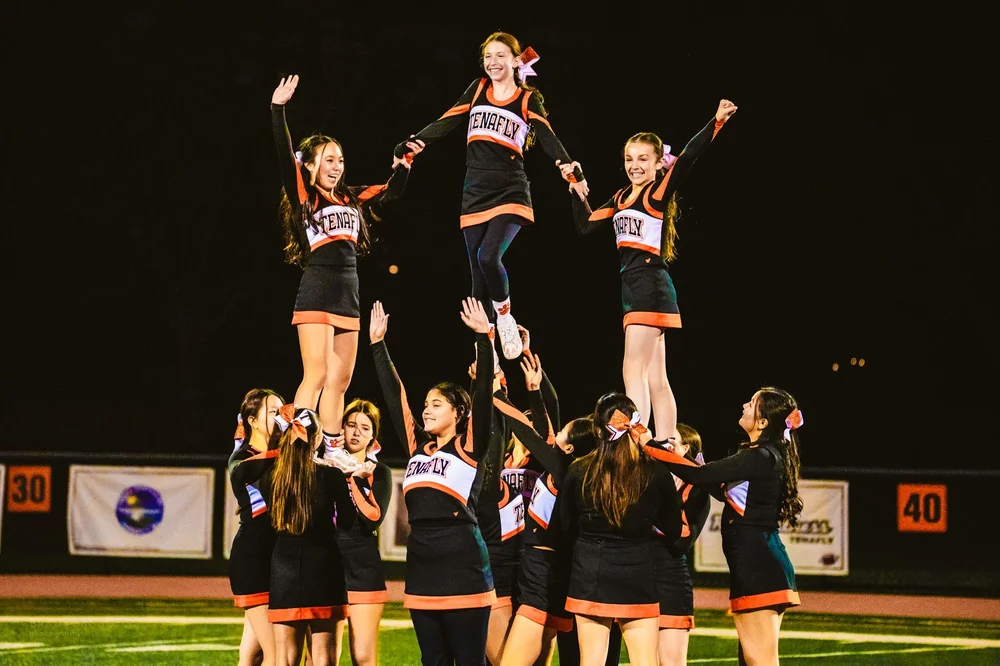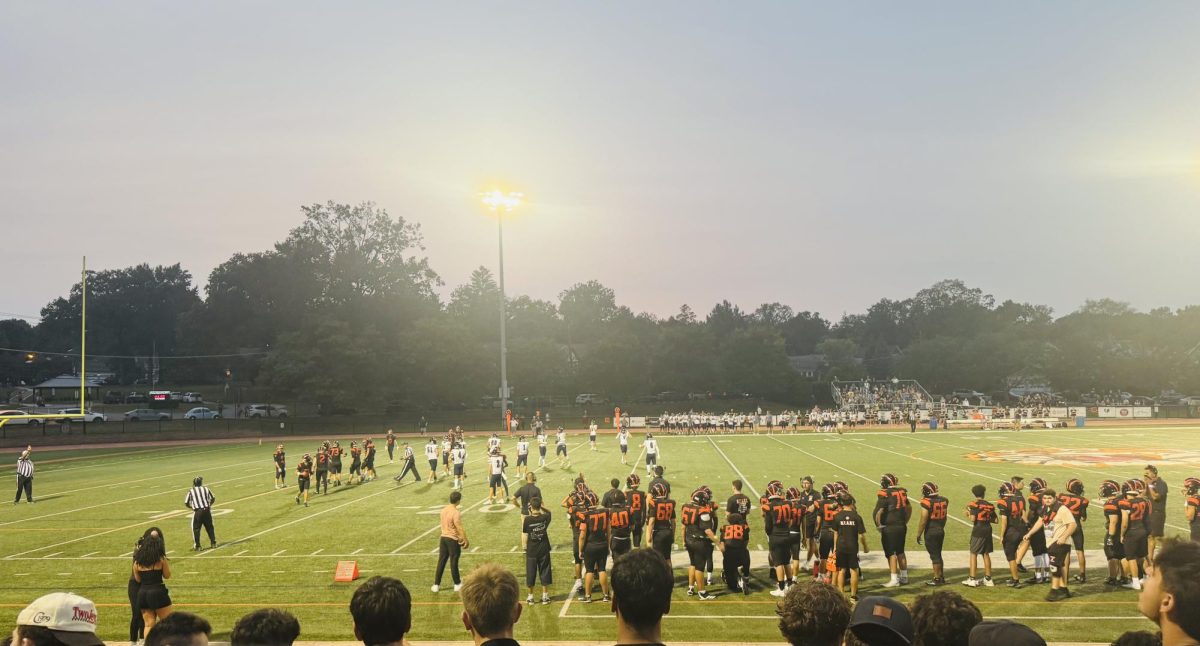College sports offer a different type of excitement than professional sports do. The rivalries between schools have spanned centuries and are often fiercer, such as the Ohio State-Michigan football rivalry that has become so iconic it is simply titled “The Game.” College players are fighting for things besides contract extensions; for them, every performance matters for getting a shot to play in the professionals, to have a job connected to the game they love, and to bring eternal glory to their school. Some of the most important aspects of college sports are conferences, which group together schools. Teams will have the vast majority of their scheduled games in their conferences, have a chance to fight for being the victor of their conference, and oftentimes, get a chance for the national title if they show dominance within their conference. This also means that conferences foster the most bitter rivalries, exciting games, and beloved traditions. One conference, the iconic Pacific-12 (PAC-12), has undergone countless changes, which will likely change west coast collegiate sports forever.
The PAC-12 used to consist of 12 teams from around the west coast: Arizona, Arizona State, California, Colorado, Oregon, Oregon State, Stanford, UCLA, USC, Utah, Washington, and Washington State, who existed together as a conference for over 100 years. The PAC-12 was considered part of the Power Five, the consensus strongest conferences of collegiate sports, along with the Southeastern Conference (SEC), Big Ten, Big 12, and Atlantic Coast Conference (ACC). Its teams were often among the most competitive in the nation, winning a handful of Olympic medals and countless national titles in both basketball and football, as well as producing some of professional sports’ most iconic talents. It was also known for its traditions, such as “PAC-12 After Dark,” a term coined because of its very late kickoff times that would allow fans to watch games all day and into the night. The PAC-12 was also home to some of college sport’s best rivalries, including the Crosstown Showdown (UCLA-USC), Civil War (Oregon-Oregon State), Apple Cup (Washington-Washington State), Rumble in the Rockies (Colorado-Utah), and the Duel in the Desert (Arizona-Arizona State), which the NCAA has confirmed has the oldest rivalry trophy in the Territorial Cup. However, even with all the history, pride, and fans supporting the conference, it wasn’t able to survive.
Unfortunately, the demise of the PAC-12 can essentially be boiled down to one thing: money. Over the last couple of years, there has already been a rise in the popularity of conference realignment, where teams have moved to new conferences, such as Texas moving to the SEC. On top of that, the conference hadn’t been performing as well as it usually does in football, and the west coast time zones weren’t helping its viewership. Then, with a greed that often accompanies sports, the PAC-12 was unable to sign a long-term contract with any television platform, as it was no longer seen as profitable. ESPN made an offer to the conference, but the leadership of the conference was discouraged by the number compared to other Power Five conferences, and tried to negotiate, so the deal ended up in smoke. The leadership of the conference also turned down a merger offer from the Big-12, which would have potentially saved the conference.
The nail in the coffin was two of the PAC-12’s most iconic teams, UCLA and USC, leaving the conference to join the Big 10. After that, it was clear that the PAC-12 was going to collapse. Oregon and Washington followed the LA schools to the Big 10 and California and Stanford went to the AAC. Then, Arizona, Arizona State, Colorado, and Utah went to the Big 12. Oregon State and Washington State were stranded without good options, and ended up scheduling with some non-power five conferences including the Mountain West and West Coast Conference.
After realignment and with the NCAA requiring eight teams to be in a conference for it to be established, it seemed like the end of the road for the PAC-12. Fans mourned the loss of the conference and blamed greed for its downfall. However, out of nowhere, there was a massive announcement. Earlier this month, the PAC-12 announced that Oregon State and Washington State would be joined by four new members from the Mountain West conference: Boise State, Colorado State, Fresno State, San Diego State. These four teams are well respected and accomplished, with San Diego State having made the March Madness final just two years ago and Boise State boasting blue chip running back Ashton Jeanty. All of a sudden, it seemed like the PAC-12 had a chance to survive.
However, that wasn’t the end of the hardships. Because of the deals the PAC-12 had signed with the Mountain West, it could only take four teams before it would start having to pay a fine. The conference also only had six teams at this point, meaning it wouldn’t be eligible. Because of this, the PAC-12 started hunting for new teams across the country. They targeted two more teams from the Mountain West, the fast rising UNLV and fan-loved Air Force. They also looked to add Memphis, Tulane, South Florida, and UTSA from the American Athletic Conference. There were even rumors of the PAC-12 signing powerhouse Gonzaga as a basketball-only school. However, all these attempts fizzled out, leaving the PAC-12 in a precarious situation.
Then, their guardian angel appeared. The conference announced that Utah State would be joining from the Mountain West, breathing new life into the reconstruction effort. The conference now sits at seven teams, just one away from eligibility. All college sports fans will be following the news to see if the conference can secure just one more team.
The recent developments have been nothing short of a roller coaster, and there are many questions yet to be answered. Will the PAC-12 achieve eligibility? If it does, will it be awarded Power Five status? How will the Mountain West recover from its lost teams? Which realignments will happen next? The answers will come in time, but there is no doubt that the downfall of the once historic and iconic PAC-12 will leave an indelible mark on the fans of college sports. Hopefully, the newly built conference will be able to deliver the same excitement that its predecessor did.














